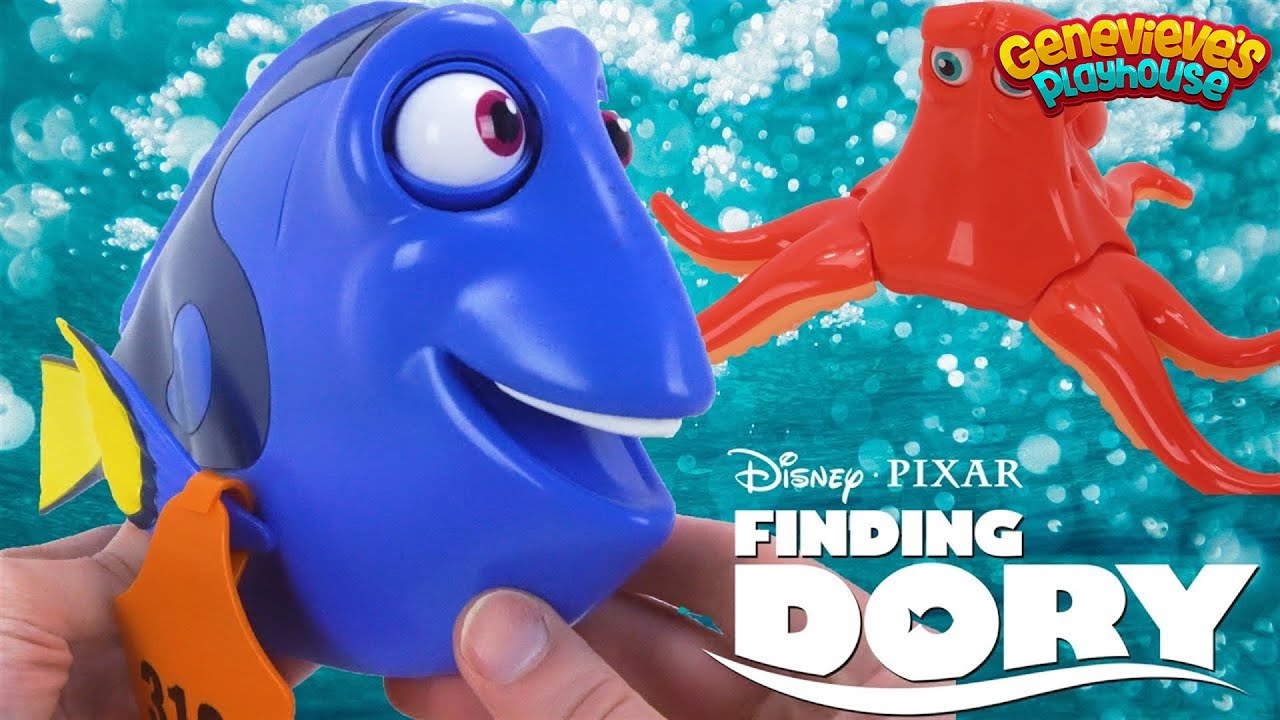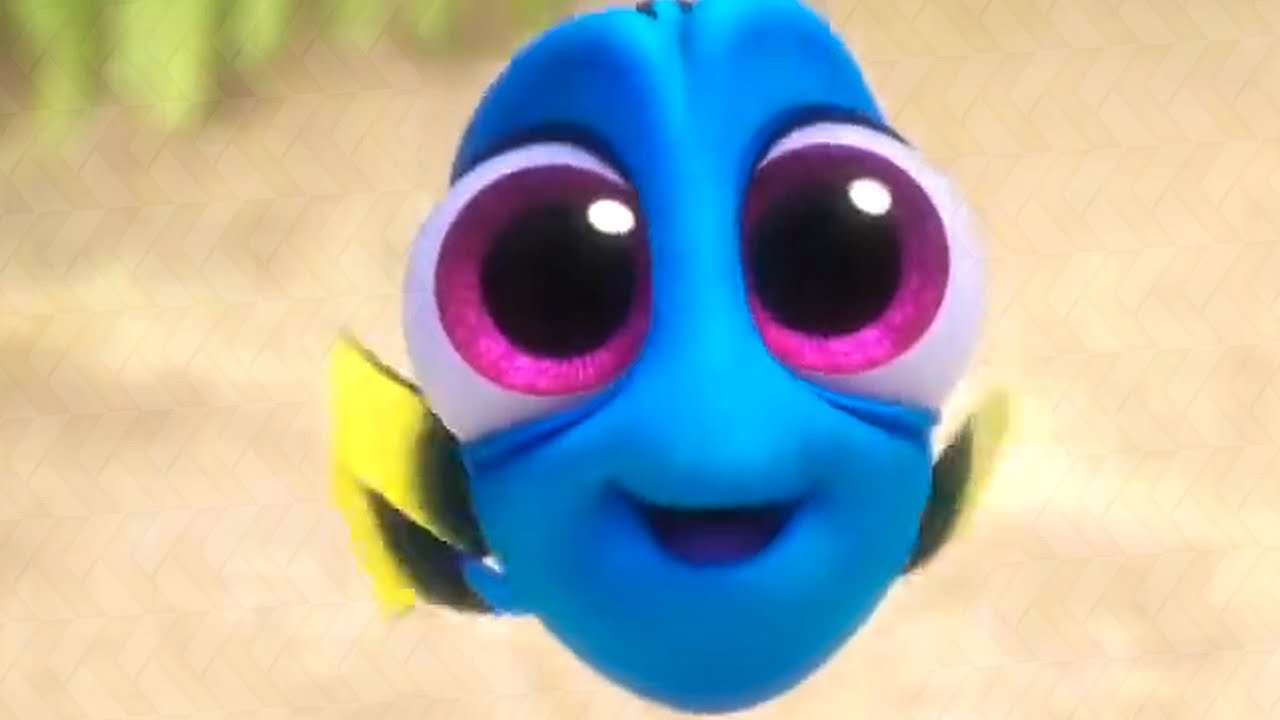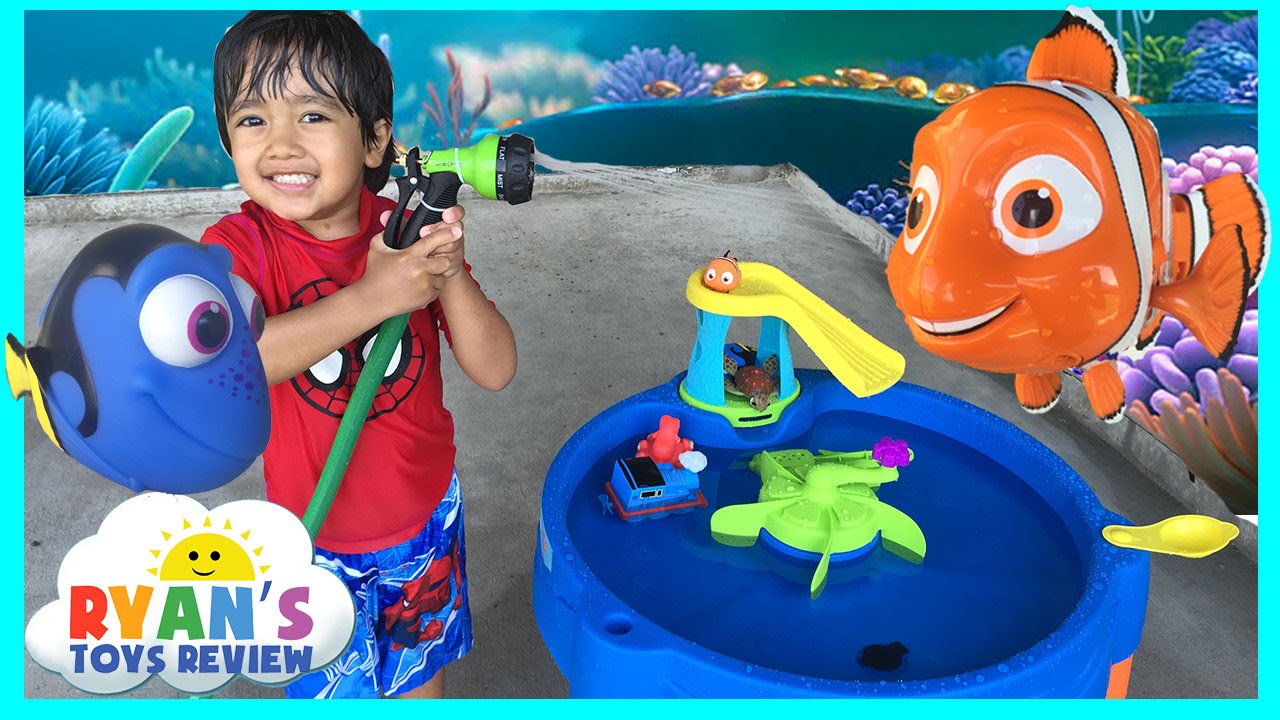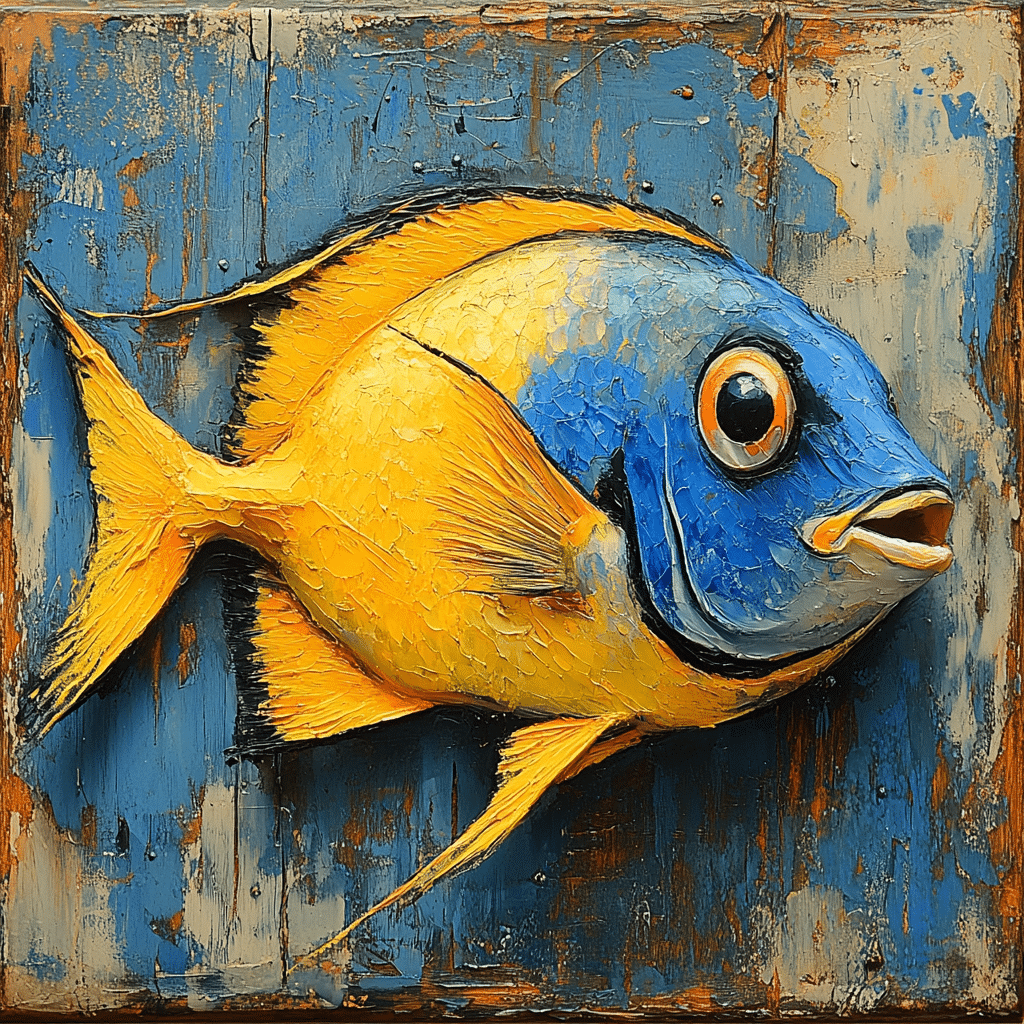
Dory Fish The Charming Blue Tang From Finding Nemo
Dory, the charming blue tang from Disney-Pixar’s beloved movies “Finding Nemo” and its sequel “Finding Dory,” has enchanted audiences of all ages. She’s not just a cute character; the dory fish, or Paracanthurus hepatus, represents so much more— from marine conservation to cultural impact. Let’s take a deep dive into what makes this delightful character so captivating and how she continues to inspire beyond the silver screen.
1. Top 5 Reasons Why Dory Fish Captivates Audiences
Ellen DeGeneres’ performance as Dory is simply fantastic. Her ability to bring vibrancy and warmth to a character marked by forgetfulness makes Dory relatable and lovable. Dory’s unflinching optimism mirrors the colorful coral reefs she swims in, showcasing the power of animation to blend personality with stunning visuals.
Dory’s popularity has sparked a tidal wave of interest in marine conservation. After “Finding Dory” hit theaters, organizations like Ocean Conservancy noticed a surge in inquiries about blue tangs and their habitats. With themes of sustainability woven throughout the films, Dory’s story encourages audiences to reflect on ocean preservation and the challenges marine life faces due to factors like overfishing and habitat destruction.
Dory’s charm extends beyond the screen into the marketplace. From plush toys to themed apparel, you can’t walk into a store without bumping into her face. Big brands such as Disney Store and Build-A-Bear have cashed in on her popularity, proving that animated characters can easily become icons of consumer culture. The sheer volume of merchandise tells us a lot about the character’s influence—she’s truly a cash cow!
Dory’s short-term memory loss opens up important conversations around mental health. Her struggles resonate with many who deal with similar challenges, presenting resilience and acceptance in a way that’s sensitive yet uplifting. This representation of neurodiversity within mainstream animation has inspired discussions and fostered a stronger connection with audiences, proving that animated films can tackle real-world issues.
Dory’s mantra, “Just keep swimming,” has evolved into something much bigger than just a catchphrase. It serves as a beacon of positivity and resilience for many. Whether shared as motivational quotes or rendered in arts and crafts by fans of all ages, Dory’s wisdom sticks with folks long after the credits roll.
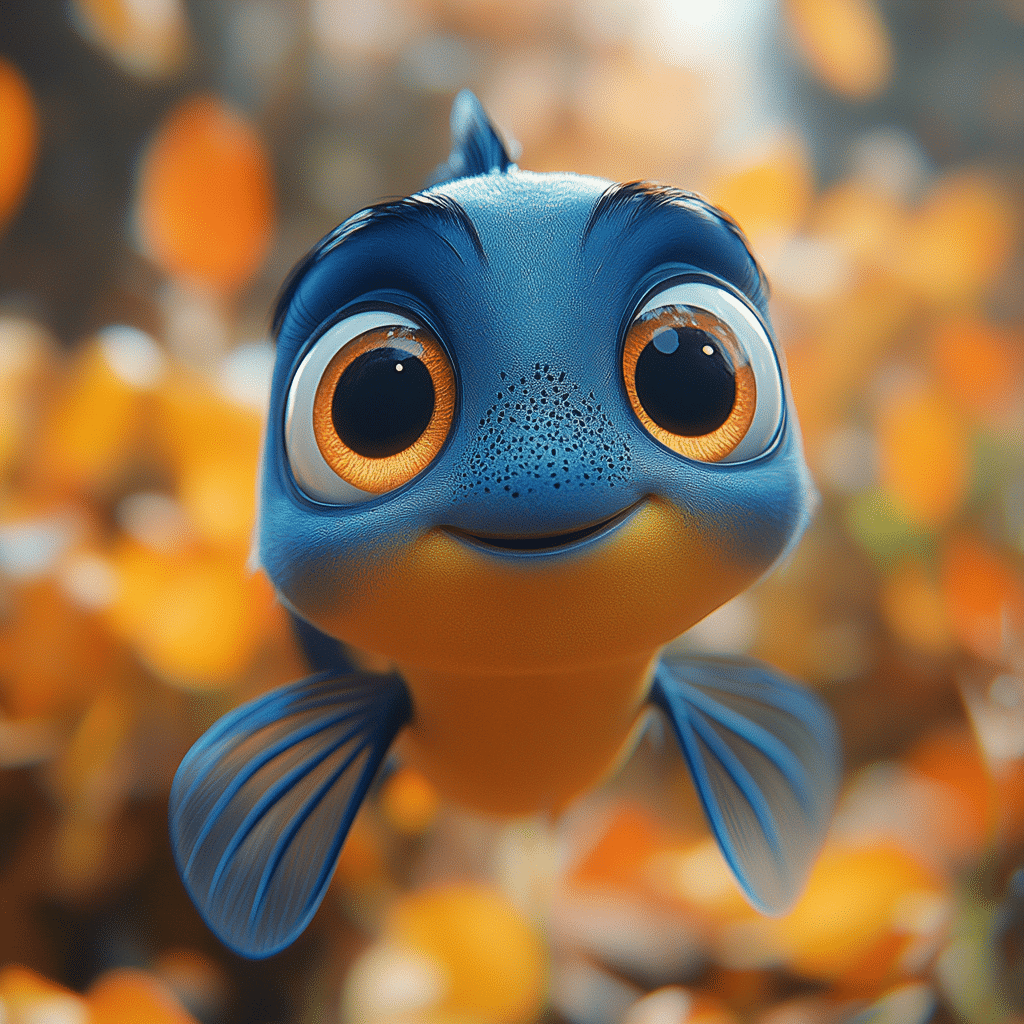
2. The Dory Fish in Real Life: Understanding the Blue Tang Species
While Dory’s animated version is captivating, the real dory fish, or blue tang, is equally fascinating. Here’s what you need to know about Paracanthurus hepatus:
3. Beyond Animation: The Dory Fish’s Influence on Pop Culture and Lifestyle
Dory’s charm transcends the screen, impacting various aspects of culture and lifestyle trends. Here’s how she continues to inspire:
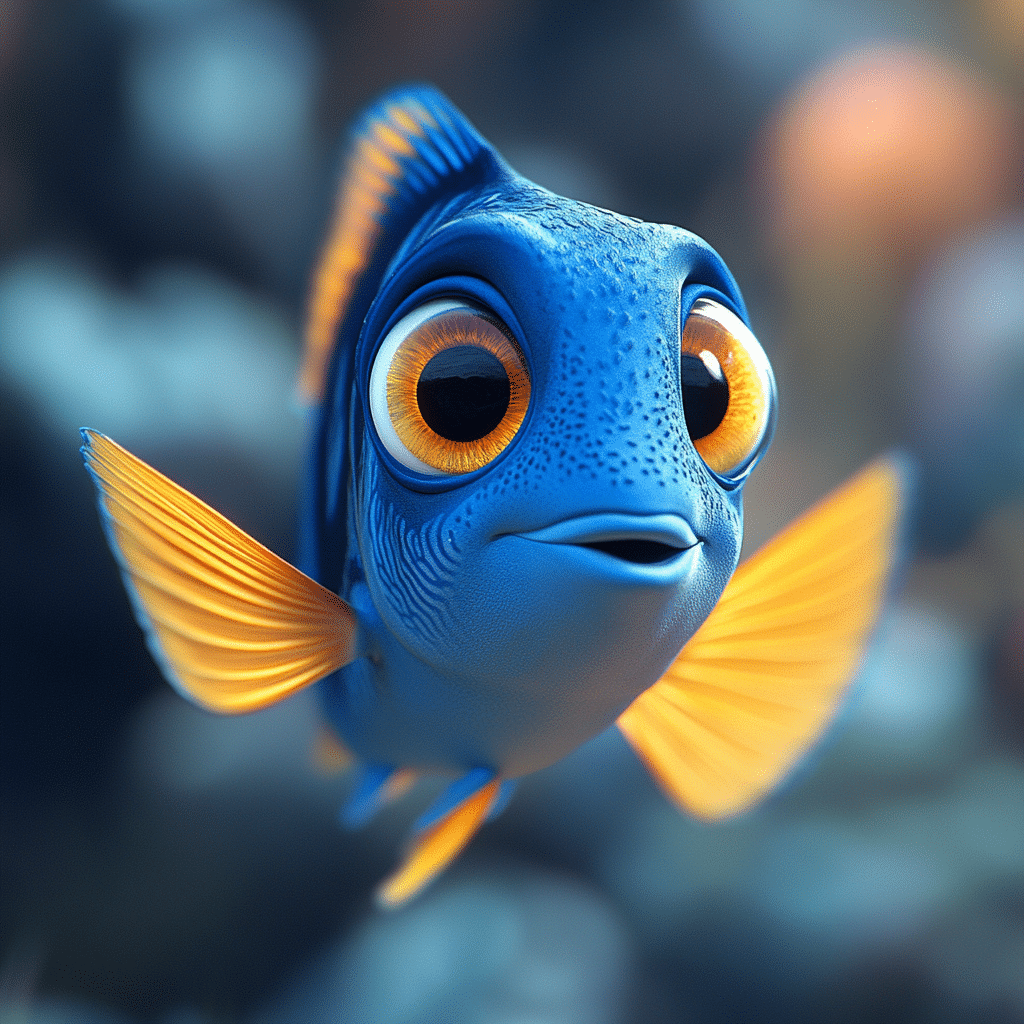
4. The Dory Experience: Connecting with Nature Through Gravity Bongs and Aquatic Adventures
Surprisingly, Dory’s name has even appeared in alternative social circles. The concept of gravity bongs is an unexpected but amusing connection to the aquatic world. Here’s how Dory fits into this party culture:
Let’s face it—using Dory’s name to promote clean-up initiatives or encourage thoughtful sustainability choices during these social scenes transforms good times into purposeful actions.
Reflecting on Dory: More Than Just a Blue Tang
Dory’s journey from the screen to our hearts embodies storytelling’s power to shape our understanding of the ocean and its inhabitants. As we embrace the precious qualities of Dory and the vital messages she represents, we also take on the responsibility to be guardians of the sea. With a blend of creativity and awareness, we can celebrate this beloved character while actively supporting conservation efforts, ensuring that Dory and her vibrant world continue to flourish for generations to come.
In the words of Dory, let’s just keep swimming—both in our adventures and in our commitment to the health of our oceans.
Dory Fish: The Charming Blue Tang from Finding Nemo
A Fishy Personality
Did you know Dory, the lovable blue tang from “Finding Nemo,” embodies a rare trait known as anterograde amnesia? Yep, this means she can’t form new memories! It’s a quirky characteristic that drives the plot and gives that whimsical charm everyone loves. Speaking of charm, blue tangs — or Dory fish — often bring a splash of color with their vibrant blue and yellow hues, making them a fan favorite in both aquariums and the ocean. On a fun side note, many people are drawn to Dory’s bright demeanor, even if they might not want to look like someone with an alcoholic face, which can affect perception and health. It’s quite the contrast!
Under the Sea Adventures
Dory’s journey around the ocean introduces us to various sea creatures, showcasing the beauty and diversity of marine life. Interestingly, the blue tang fish can change colors when stressed or threatened, blending into their environment — smart, right? This adaptive ability can be likened to the characters in “Demon Slayer” manga panels, who often undergo transformations that surprise viewers. Plus, just like how Joe Rogan tackled fear on “Fear Factor,” Dory bravely navigates her wild adventures, never backing down from challenges while looking for her family.
Trivia You Didn’t Know
Here’s a fun tidbit: the voice behind Dory is the incredibly talented Ellen DeGeneres, who drew inspiration from her love of the ocean and vibrant marine life. It’s a connection that resonates well with many folks who enjoy lovely ocean views. Plus, many artists have created elaborate artworks inspired by Dory and her underwater friends; for instance, take a look at the captivating styles of Donavon Warren that often bring characters to life in a myriad of colorful ways. As a testament to her enduring popularity, Dory has even swum her way into brand partnerships and merchandise, much like how Alysha Clark has extended her influence in sports beyond the court. Whether fans are diving into movies or visiting places like the Dunes Manor hotel, Dory’s delightful spirit continues to inspire everyone.
So, the next time you think about this charming Dory fish, remember her unique traits and the colorful adventures that have made her a beloved character in animated cinema.
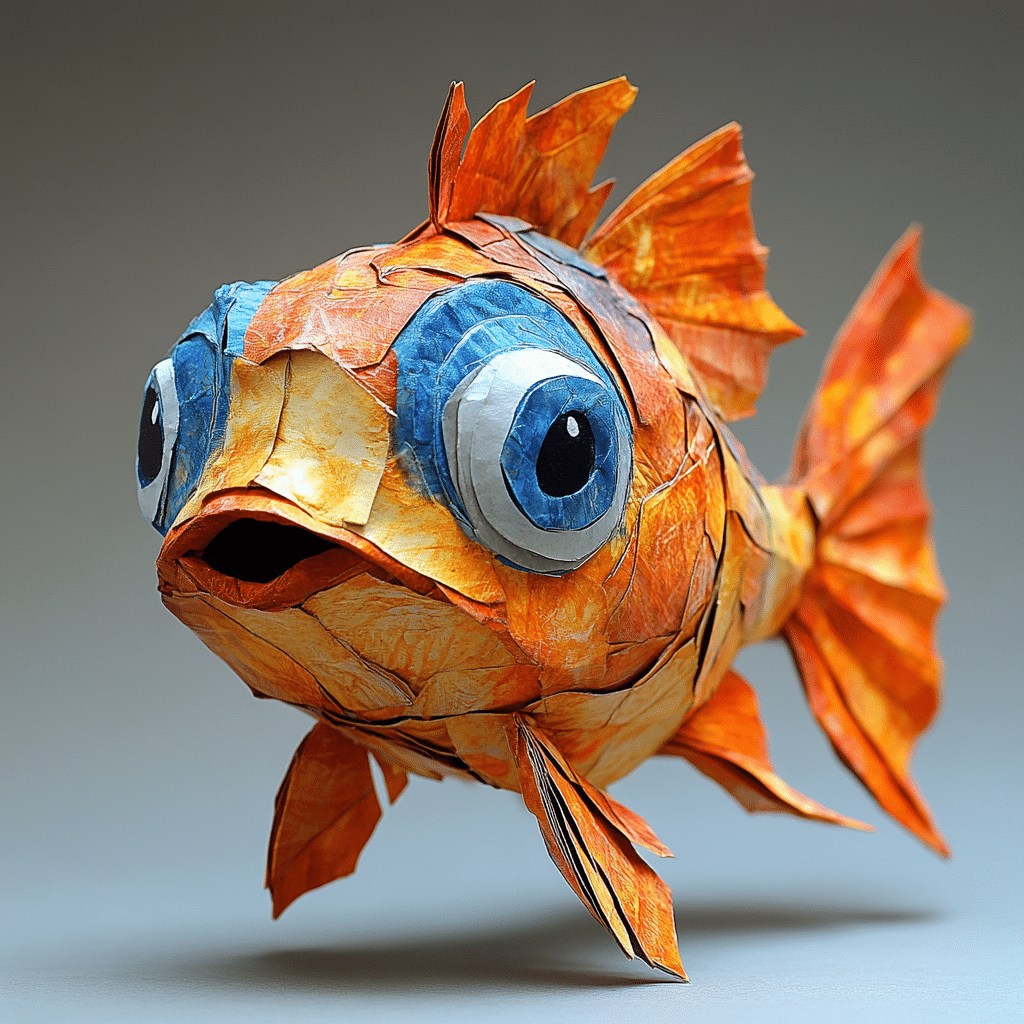
What kind of fish is Dory?
Dory is a blue tang fish, specifically known as Paracanthurus hepatus in scientific terms.
What is the Dory fish in real life?
In real life, Dory is a blue tang, which is typically found in coral reefs of the Indo-Pacific region. These fish can weigh about one pound and measure around 10 to 12 inches long.
Is Dory a good fish to eat?
Yes, Dory, particularly John Dory, is a good fish to eat. It has delicate, white flesh that’s firm and flaky, with a mild, somewhat sweet flavor.
What fish is dory fillet?
Dory fillet often refers to the Basa fish, which is called ikan patin in Malaysia. It’s different from John Dory, but both are commonly marketed under the dory name.
Why is Dory fish so cheap?
Dory fish can be cheap because it’s often farmed and produced in great quantities, making it more accessible in the market compared to other types of fish.
Is Dory fish same as cod fish?
No, Dory fish is not the same as cod fish; they’re different species with distinct taste and texture profiles.
Why is dory called dory?
Dory is called “dory” as it comes from the family of zeid fishes, which have been historically referred to as such.
What is the other name for Dory fish?
Another common name for Dory fish is John Dory, especially when talking about the more premium variety.
Why is John Dory so expensive?
John Dory can be expensive due to its delicate flavor, and it’s often caught in limited quantities, which drives up the price.
Is Dory high in mercury?
Generally, John Dory is considered low in mercury, making it a safer choice among fish to eat.
What fish is the healthiest to eat?
The healthiest fish to eat are usually fatty types like salmon or mackerel, which are high in omega-3 fatty acids.
Is the Dory fish venomous?
No, Dory (blue tang) is not venomous. It’s a popular fish mostly because of its appearance, not for being dangerous.
Does Dory taste fishy?
Dory does not taste overly fishy; it has a mild flavor that many find appealing.
What does Dory taste like compared to cod?
Compared to cod, Dory has a slightly sweeter and more delicate flavor, while cod has a firmer texture.
Is Dory a flounder?
No, Dory is not a flounder. They belong to different families of fish and have distinct appearances and habitats.
What kind of fish is Nemo?
Nemo is a clownfish, which is very different from Dory’s blue tang species.
What is the real dory fish called?
The real dory fish is commonly referred to as John Dory in culinary contexts, while the Basa fish holds the name in markets.
Can you eat a blue tang?
It’s not advisable to eat a blue tang as they can be toxic if ingested, mainly due to their diet and the compounds they produce.
Why is John Dory so expensive?
John Dory is expensive mainly because of its delicate flavor, limited availability, and the care needed in catching and preparing it.





